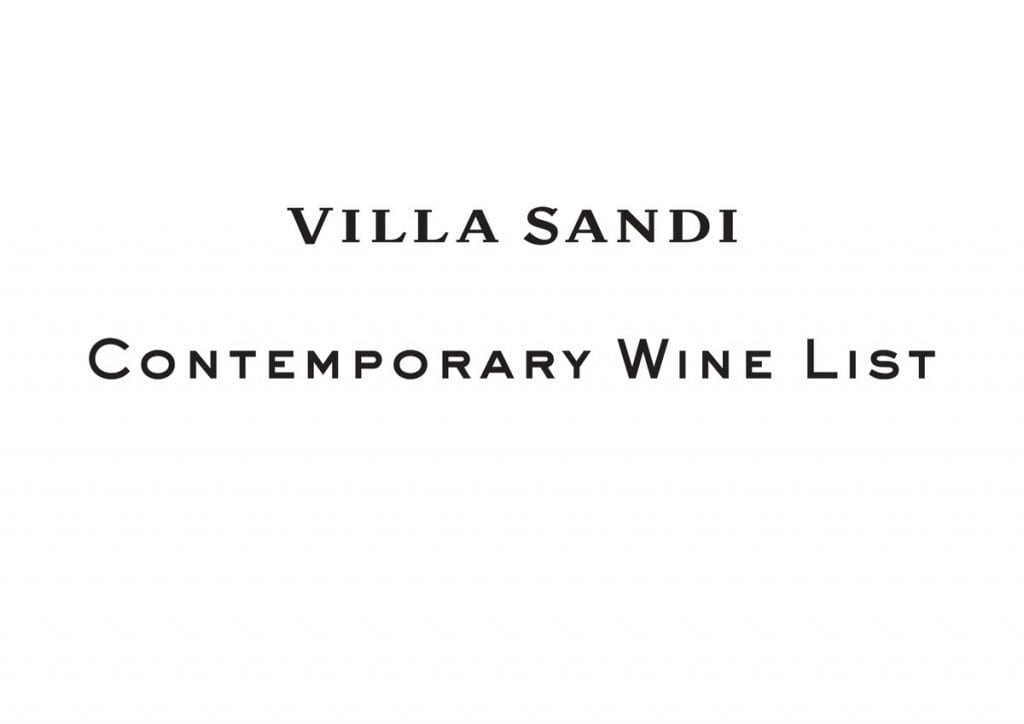This week we are shifting our focus from content to container. When evaluating a wine list for the Villa Sandi Contemporary Wine List Award, we also take into account the availability of different formats to meet the different needs of customers. From those who only want or can drink a couple of glasses, to those who want to indulge in the luxury of a large format, often more satisfying than the standard bottle. There are bottles of various weights, colours, shapes and capacities on the market. At Gambero Rosso, we have been fighting for years to push producers towards lighter and more sustainable bottles, thus resulting more practical and easy to handle. We believe that using a heavy glass bottle only to lend a certain wine a sense of prestige is indeed scoring an own goal.
The history of the 750 ml bottle
What is behind the worldwide popular standard 750 ml bottle? The origin of this format lies in the Anglo-Saxon tradition, where the unit of measurement for liquids is the gallon, which corresponds to approximately 4.5 L. In the Anglo-Saxon tradition, wine transport crates contain 2 gallons of wine, approximately 9 L. The producers decided to put 12 bottles in these boxes, since it was considered an ideal, practical and advantageous quantity for trading and transporting their wines. This is why the bottles were designed with a 750 ml capacity, a piece of cake from a mathematical point of view: 750 ml x 12 = 9 L of 750 ml, hence it would have been handed down by the English. Even today, it is interesting to note that wine and liquid transport crates in the United Kingdom, the United States and most of the world contain 12 bottles, equivalent to 2 gallons, while Italy and very few other countries still have the 6-bottle format, equivalent to one gallon.
Shapes
Originating in the Bordeaux area, today the most popular bottle is certainly the Bordelaise, with a standard capacity of 750 ml: green or brown in colour, cylindrical shape, with a short neck and pronounced shoulders, it is used for more structured reds and whites. The other most common are the Burgundy bottles, featuring a cylindrical, long-necked shape, but with more delicate shoulders; then there is the Hock style bottle, also referred to as Rhine bottle or Alsatian, with its peculiar narrow, lanky shape without shoulders. Mainly used for whites, His Majesty the Riesling and less often rosé wines are typically bottled in this shape. For bubbles, the classic bottle is the Champagne bottle. Though the shape is similar to Burgundy bottles, they are designed to withhold the pressure of carbonization, and so are made from heavier glass and have a larger lip to host the muselet.
Sizes
The large sizes often have names of kings or biblical characters, given by wine merchants in the 19th century. On request, they used to prepare special sizes for large parties or prestigious events that required something special, scenic and visually striking to impress the guests, hence the different names. Here is a list of all the sizes on the market. Due to the reduced oxygen exchange, large formats are perfect for slower and more graceful ageing. The larger the capacity, the slower and more gradual the evolution in the bottle.
From smallest to largest
Quarter/Piccolo: 200 ml/6,07 oz
Demi/Half: 375 ml/12,07 oz
Medium/Jennie: 500 ml/16.09oz
Standard: 750 ml/ 25.4 oz
Magnum: 1.5 L/25,03 oz
Jeroboam: 3 L/100 oz
Rehoboam: 4.5 L/152 oz
Methuselah: 6 L/203 oz
Salmanazar: 9 L/304 oz
Balthazar: 12 L/406 oz
Nebuchadnezzar: 15 L/507 oz
Solomon: 18 L/676 oz
Sovereign: 26.25 L/845 oz
Primat: 27 L/913 oz
Melchizedek: 30 L/1.014 oz
by Lorenzo Ruggeri
You can find out more about the Villa Sandi Contemporary Wine List Award here
Read previous installments of the series:
How To build a contemporary wine list
Everything you need to know about the Italian Method
The real enemies of wine at the table
Five native grape varieties we are ready to bet on
It was the yar… snippets of modern history of wine in Italy
The most common mistake with wine: the wrong serving temperature

The Villa Sandi Contemporary Wine List Award
The Villa Sandi Contemporary Wine List Award is the prize we reserve for the most current, brilliant and user-friendly wine lists in our Top Italian Restaurants guide, dedicated to the best of Italian dining in the world. While waiting to resume awarding venues around the world, we’re offering an educational journey through the multi-colour ‘Jurassic Park’ that is Italian viticulture. We’re proposing a series of themes, with practical advice and suggestions, published every week on our international website www.gamberorossointernational.com


 Women are the best sommeliers. Here are the scientific studies
Women are the best sommeliers. Here are the scientific studies Where to eat at a farm stay in Sicily: the best addresses in the Provinces of Trapani, Palermo, and Agrigento
Where to eat at a farm stay in Sicily: the best addresses in the Provinces of Trapani, Palermo, and Agrigento Wine in cans, bottle-fermented, and alcohol free: the unstoppable change in Gen Z’s tastes
Wine in cans, bottle-fermented, and alcohol free: the unstoppable change in Gen Z’s tastes The great Bordeaux exodus of Chinese entrepreneurs: around fifty Châteaux up for sale
The great Bordeaux exodus of Chinese entrepreneurs: around fifty Châteaux up for sale Dubai speaks Italian: a journey through the Emirate's best Italian restaurants
Dubai speaks Italian: a journey through the Emirate's best Italian restaurants






